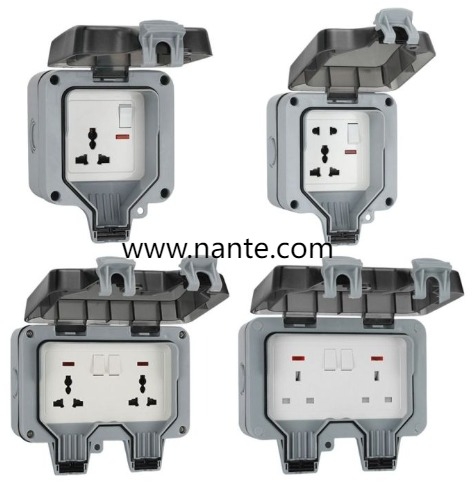Innovations in small enclosure design have opened new possibilities for bespoke installations, and a 3D printed Socket Box offers a novel path for projects that demand unusual shapes, tight fits, or tailored mounting. Designers and electricians can now prototype housings that follow irregular surfaces, tuck connectors into cabinetry, or add custom clips that tidy wiring runs. This additive approach reduces time spent adapting standard parts and gives teams room to iterate on fit before committing to wider production.
Additive manufacturing lets creators explore forms that were once costly or impossible with traditional fabrication. Curved faces, integrated cable channels, and snap fit covers arrive from the printer ready to test in situ. Rapid iteration helps refine sealing details so a weather exposed unit keeps moisture away, or so an interior version aligns with joinery without leaving gaps. These small refinements yield installations that look purposeful and work reliably under daily use.
Material choice is central when moving from prototype to service. Engineering grade filaments and resin blends provide abrasion resistance and robust mounting points that avoid premature wear. For higher demand settings, printed parts may combine with metal inserts to carry mechanical loads where connectors will see frequent handling. Coating and post processing further protect surfaces against dirt and wear while letting finish choices match nearby fittings.
Customization expands safety options as well. Internal baffles and labyrinth seals can be built into a custom housing to slow dust ingress. Snap in retention clips hold strain reliefs firmly so vibrations do not loosen terminations. Clever internal geometry allows for neat segregation between power conductors and low voltage wiring to reduce interference while making inspections faster for technicians.
Prototyping reduces waste while accelerating design cycles. Rather than cutting multiple panels or modifying stock boxes to check fit, teams print a few versions and refine mounting choices before ordering final parts. This pragmatic loop saves hours on site and keeps finish trades from revising surfaces after rough installation. For small runs or one off applications a printed housing can serve long term without losing its tailored benefits.
Aesthetic concerns gain from custom tooling too. Color matched shells and textured faces let a housing blend into cabinetry or stand out as an intentional detail. Integrated labels and recessed grips remove the need for separate plates while preserving clean lines. These touches make installations look cohesive and make service points feel like considered elements rather than afterthoughts.
Designers should balance novelty with standards. Printed housings must accept certified connectors and provide secure mounting for approved inserts. Fastening arrangements should let a qualified installer access terminations safely and follow inspection practices. When prototypes respect those constraints early, transition to production or to a finished supply item goes smoothly and without compliance surprises.
Collaboration speeds successful outcomes. Pair a design minded maker with an experienced installer who can advise on feed paths, clamp placement, and clearances. Test a printed unit under expected conditions and adjust wall thickness or ribbing where stress concentrates. That iterative rhythm produces a final housing that fits without forcing compromises on wiring practice or inspection access.
If your project calls for a tailored enclosure that fits a unique junction or a decorative application where off the shelf parts fall short, consider how additive manufacturing can support a refined result. Browse practical guidance, imagery, and background material at https://www.nante.com/ where further reading explains how housings interface with wiring practice and where examples illustrate how custom enclosures can simplify installation while keeping safety and neat finishes in view.







